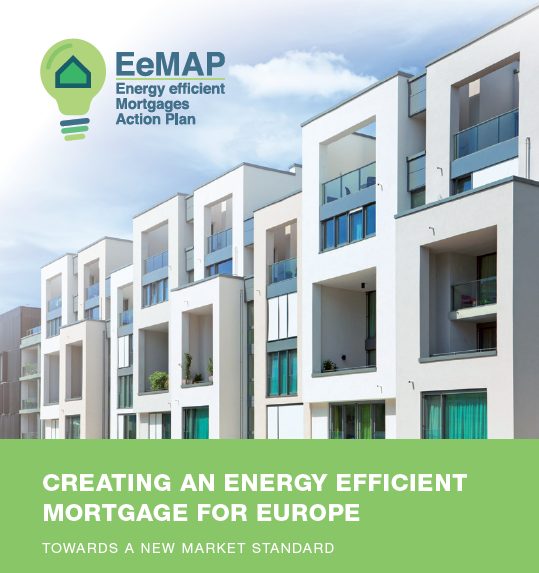Greening our buildings is at the heart of our fight against climate change. Greener, more energy efficient buildings can also help to reduce the exposure to risk for property owners and the banks that finance them. Energy efficient mortgages can therefore be a powerful tool to incentivise investment in greener buildings. The new market standards set out in this report pave the way for banks to act now to mainstream the energy efficient mortgage market, not only de-risking their mortgage portfolios but also playing a key role in securing the future of the planet. The benefits of improving Europe’s building stock stretch far beyond meeting climate goals; increased comfort and wellbeing, lower energy bills and more investment for local economies are just a few examples. Yet the risks of not taking action are equally stark and long term: rising operating costs, the devaluation of inefficient buildings in an increasingly carbon-conscious society and non-compliance with ever more stringent legislation threaten banks and borrowers.
With 97% of Europe’s buildings currently deemed inefficient, these risks are almost universal, affecting every mortgage portfolio. Given the current poor state of the European building stock, it is estimated that the rate of energy efficient renovation must treble – from 1% to 3% – if Europe is to meet its climate and energy goals.
Mortgages account for around €7 trillion, or a third of the European banking sector’s assets, and are the best-known form of property finance for consumers. This makes energy efficient mortgages a powerful economic incentive to tackle the risks from poor performing buildings. This report marks a first for the sector; setting out a new market standard and a clear pathway for banks to follow to begin addressing the problem of poor performing buildings in their mortgage portfolios. In doing so they will help to create a more sustainable property sector for future generations.
The World Green Building Council’s Europe network and our partners in the Energy Efficient Mortgages Initiative (www.energyefficientmortgages.eu) are creating a European energy efficient mortgage to incentivise borrowers – through reduced interest rates and increased loan amounts – to improve the energy efficiency of their buildings or acquire highly energy-efficient properties.
The mutual benefits for banks and borrowers mean energy efficient mortgages have the potential to revolutionise the standard of millions of Europe’s buildings – but only if they become a mainstream offering; available from every bank, for every borrower.
Growing the market to this scale will require strong consumer demand and a clear business case for banks to offer such products. Investors, policy makers and financial regulators can provide further incentives to support the market. Each of these stakeholder groups needs to be confident that energy efficient mortgages will deliver demonstrable impacts toward achieving climate change, energy and risk related goals.
Our proposals to ensure a win-win outcome
Central to the design of energy efficient mortgages, is establishing criteria for measuring buildings’ energy performance, the focus of this report. The criteria we propose have been developed to deliver the risk reductions
and wider benefits that different market actors expect and to ensure that energy efficient mortgage products are fit for purpose.
They are shaped by our extensive research and with the input of more than 500 experts across Europe. They are currently being tested by 37 major European banks as part of the Energy Efficient Mortgages
Initiative pilot scheme.
Criteria have been proposed in three key areas:
• Energy performance thresholds for compliance
• Ongoing performance monitoring requirements
• Quality assurance requirements regarding works undertaken

